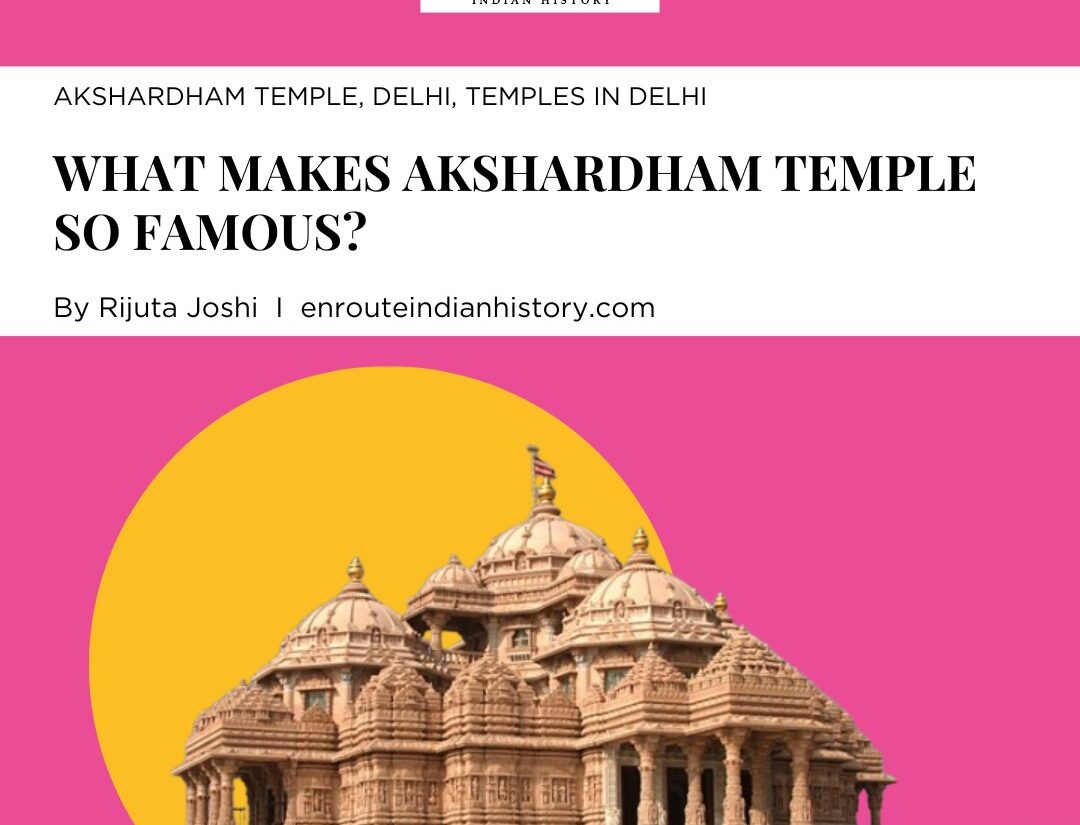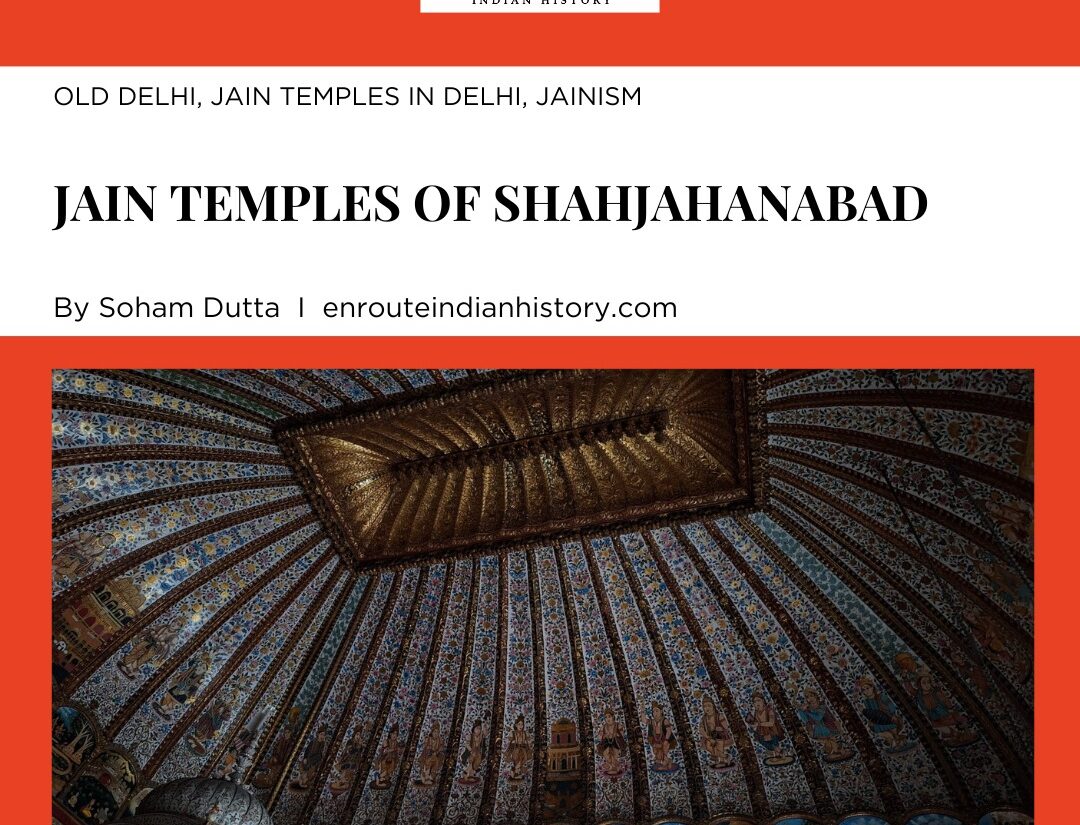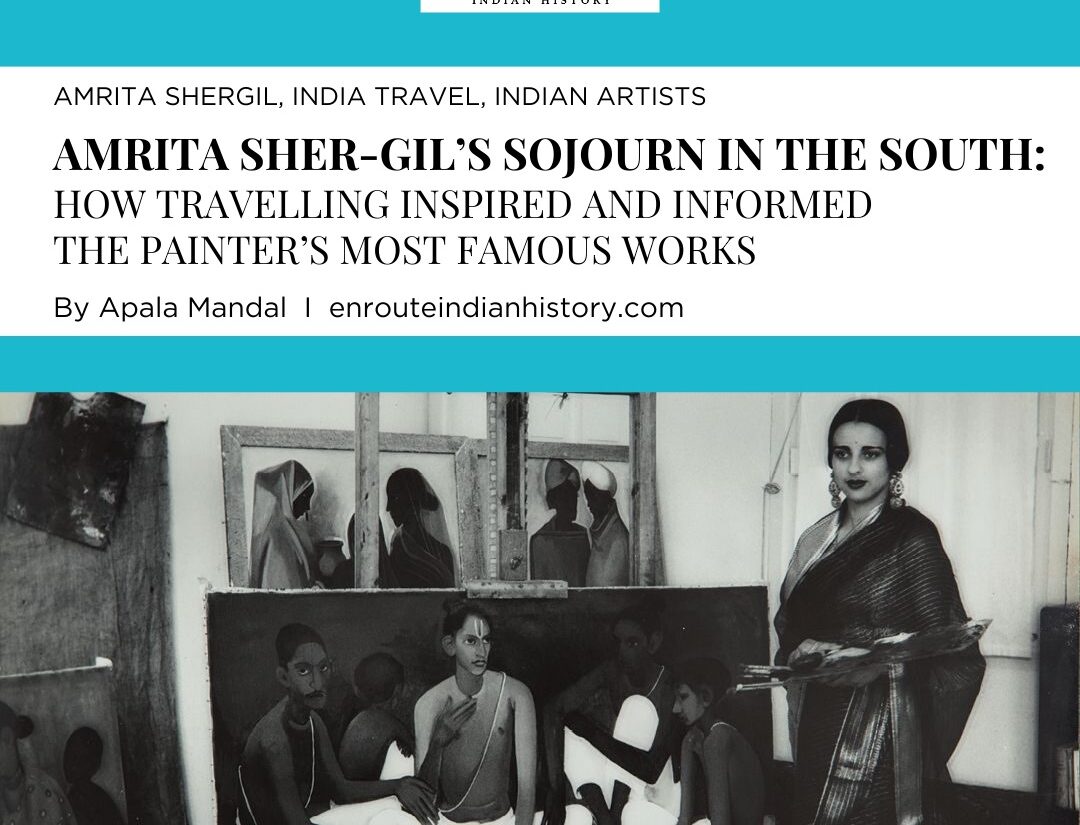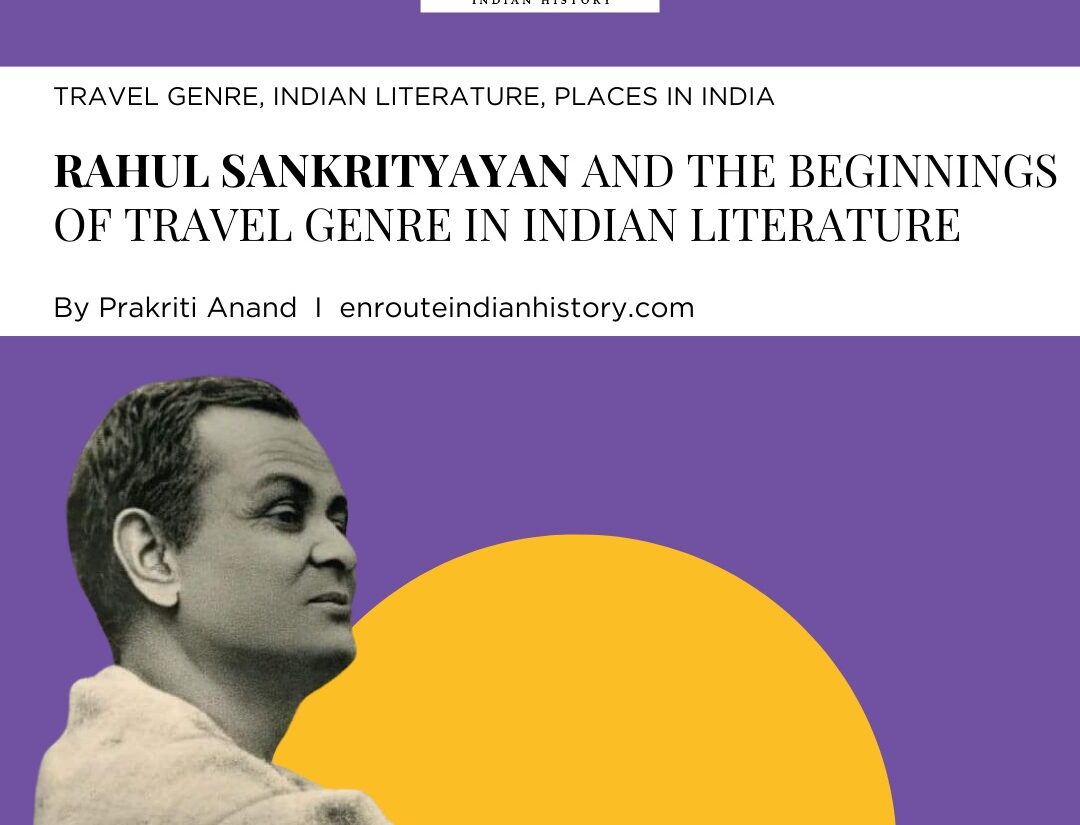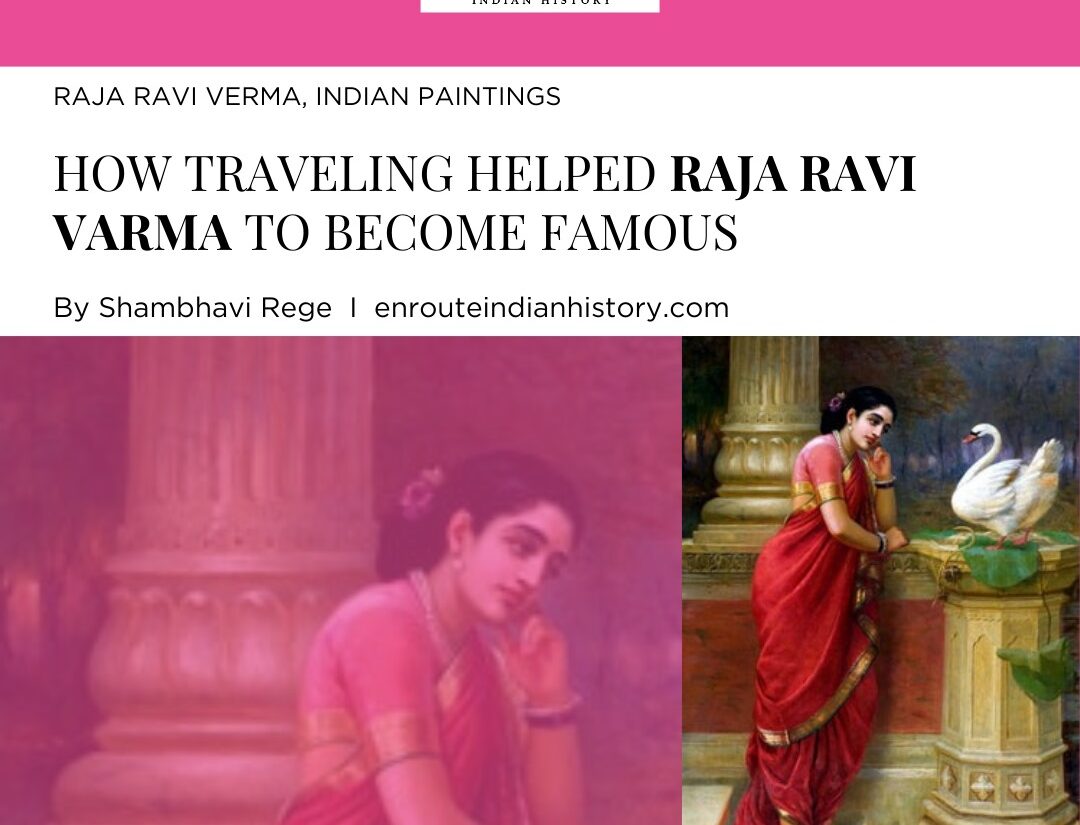
The world runs on technology and science but its core comprises art. Since time immemorial art has been a way to express. It is used to express human emotions of love, admiration, hurt and even anger. Art provides a medium for the feelings to flow unrestricted. It gives these feelings a safe place. Sometimes this art resonates with others. A part of it or its essence touches the person’s mind. That is when people connect with that piece of art and fall in love with it. As the great rivers from heaven needed a medium to reach Earth and flow freely, so did art. Artists are the medium through which art flows, through their words, couplets, strokes of brushes and chisels. They gave a form to art. Artists give it a reality. For centuries artists have been respected and admired for their work. Some of them have gained legendary status. One such artist is Raja Ravi Varma. As Bhagirath did penance to bring the mighty ganga on earth, so did Raja Ravi Varma to give a form to gods in India.
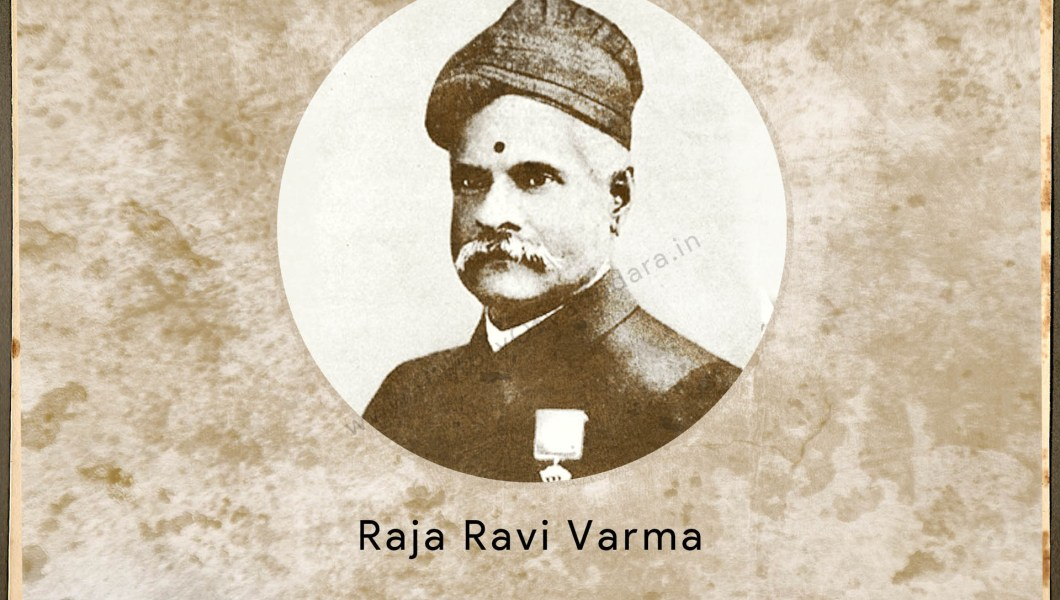
A portrait of Raja Ravi Varma
(Source – History of Vadodara)
A young boy from Kilimanoor was interested in the process of painting and art. He observed the walls of Padmanabh temple and noticed the detailing on the walls by the European painters. As he wanted to learn more and to paint he approached the European painters and local artists. Not being given a positive answer, this boy made a resolve to learn on his own. Not only did he learn but he excelled at his work and became a national and internationally acclaimed artist. The process of becoming Raja Ravi Varma from being Ravi Varma was not an easy one. He was the first modern artist to bring together the sense of Western aesthetics with the culture of Indian iconography. Many of his works are depictions of mythological tales and figures. With Hindu mythology as his subject, he wove it together beautifully in the European painting style.
Raja Ravi Varma – Paintings
It is often said that art stays for long after its artist dies. It stays alive through his work, through the breath of life that an artist breathes in it and through the minds of others who were enthralled by the art. The artists go, and the audience too goes away but art lives. Raja Ravi Varma’s art lives on through the numerous Indian paintings, posters and lithographs. His paintings gained international praise and reached many households in India. His famous paintings included Damayanti talking to a swan, Shakuntala, portraits of Lakshmi and Sarasvati, a family of Shiva, Ganesha, Vishnu, Dattatray, Nair woman, a woman with a lamp and many more which are housed in museums and exhibitions across India. Due to the lithographic prints made available for the commoners, his paintings reached a much wider audience. The paintings from mythological tales and historical narratives were seen on posters, covers, advertisements and calendars. People brought certain products not for the product itself but because of the painting on it.
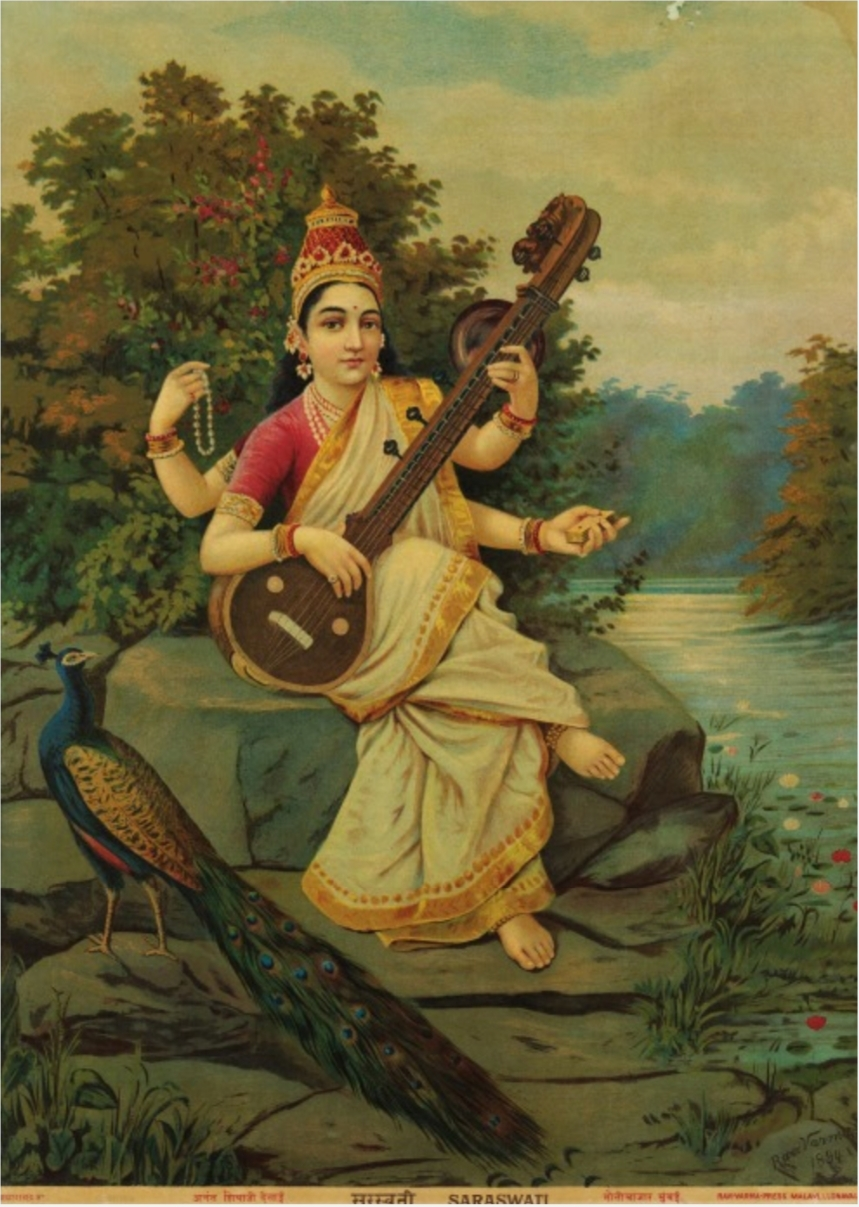
Goddess Saraswati painted by Raja Ravi Varma
(Raja Ravi Varma press Malavli, Lonavla, Ganesh Shivaswamy foundation, Bengaluru, 1930)
Travel as an Inspiration
Travelling is often seen as a hobby, a pastime and sometimes a necessity. It enriches the human mind. When people travel they not only visit places but also see the character of those places, their beauty, culture, cuisine and landmarks, when a person returns home after travelling a fragment of all the places they visited stays with them. This is so because the human mind seeks connection with all the new places. They remember the memories associated with the trip and often recollect about it to others. Travelling is not simply a pastime but also a process of learning. It facilitates the process of learning about new places and people. A man who sets off to travel is not the same when he returns back. A part of him is forever changed by the travel.
Raja Ravi Varma and his extensive travel
Artists tend to find inspiration for their art. It can be anything from the legends to the neighbourhood tales. People, nature, surroundings and visions have always served as inspirations to artists. Travel also provides inspiration. It brings an artist in contact with nature, different tales and surroundings that can initiate a flow of events that culminate into a masterpiece. This is something that is associated with Raja Ravi Varma. His travels became his inspiration. It opened the doors of opportunities to him, to learn and grow, not only as a painter but as a person also. His extensive travels left a permanent mark on his paintings.
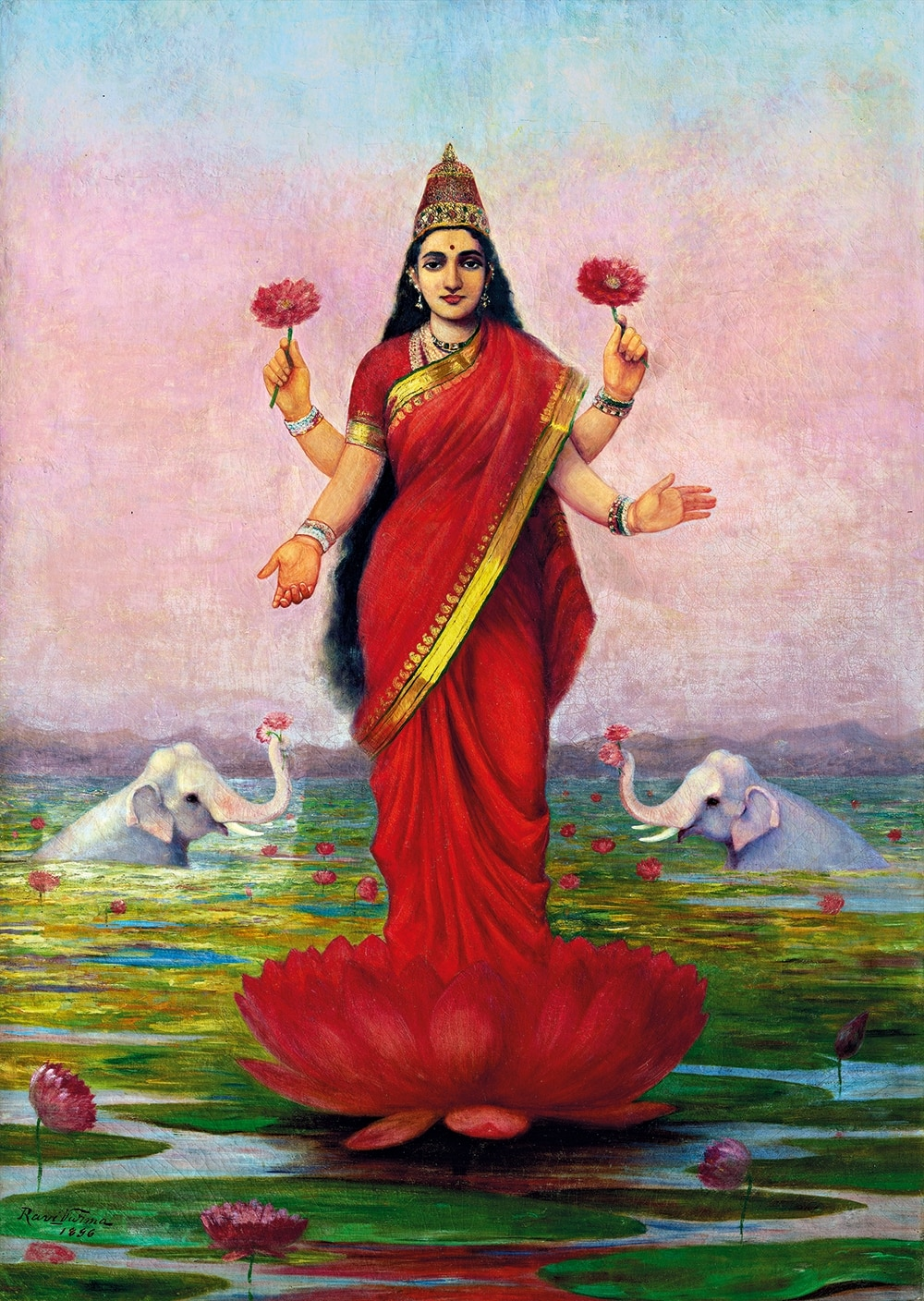
Goddess Laxmi painted by Raja Ravi Varma
(The Royal Gaekwad Collection, at the Laxmi Vilas Palace, Vadodara)
If Raja Ravi Varma had stayed in Kilimanoor and not surrendered to his inner call for travel he might have remained a regional name. but his extensive travels and his knack for grabbing opportunities took him to international fame. His first pilgrimage away from his home at Kilimanoor was towards Mookambika in the erstwhile Mysore state. While returning home he came across his first patrons who commissioned him the paintings of their family members. This was the beginning of the next three decades of travel. He travelled to Mysore and Bombay to complete the commissions. In the year 1881, Raja Ravi Varma was invited by Sir R.Madhavrao to paint the ceremonial portrait of Sayajirao Ⅲ, the Gaekwad of Baroda. This marked the beginning of Raja Ravi Varma’s special connection to Baroda. He was provided with a special studio in the palace. Over the next two decades, he completed over two dozen canvases.
The Baroda royal family’s patronage also marked the call of travelling in Raja Ravi Varma’s life. In 1888 he was given a commission of 14 Puranic paintings that would adorn the walls of Durbar Hall in the new Laxmi Vilas palace of Baroda. Under their patronage, he could travel extensively to get inspiration and subjects for his paintings. Over the next two decades, he travelled to approximately 90 cities including Indore, Mysore, Pudukkottai, Jaipur, Gwalior, Udaipur, Bikaner, Madurai, Agra, Bhavnagar, Delhi, Thanjavur, Kasi and Oudh. He visited some of the cities twice, soaking in the details and aesthetics. This expedition across the country was taken at a time when the railways had just started in the Indian region.
Travel and paintings
The aims and results of his wanderlust are seen through his paintings. Raja Ravi Varma’s pan-India travel left an immense impact on his work. Deepanjana Pal, the author of ‘The Painter: A Life of Ravi Varma’ states that – “the images were a composite created out of what he saw during his travels. The skin colour was from north India, the way the saree was draped was from Maharashtra and the jewellery was usually from south India.” He studied the temples in north India and marvelled at the grand ornamentation. His frequent travel through Maharashtra, Gujarat, Rajasthan and Kerala gave him a deep sense of the ornamentation used and the richness of iconography depicted in the temples of these places.
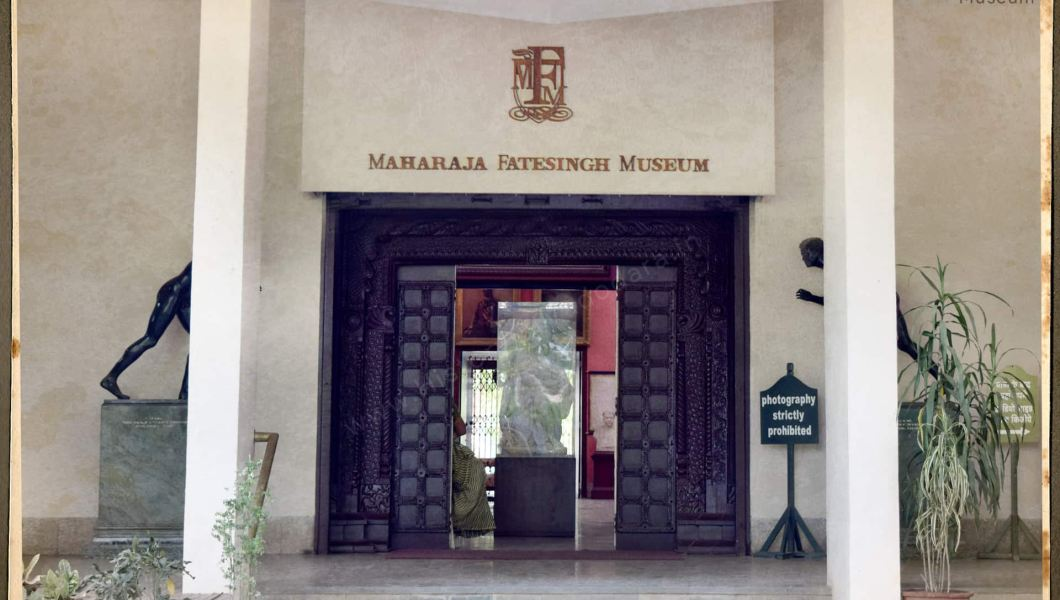
Maharaja Fateh Singh Museum, Baroda
(Source – History of Vadodara)
In his famous work Damayanti and the Hamsa he took inspiration from the women’s clothing style in Bombay and surrounding regions. In the south, the sarees were mostly rightly tied around the waist whereas in the regions of Maharashtra, the saree was draped with curves and folds which he found to be quite alluring. Damayanti in the painting is depicted with this style of saree draping which enhances its aesthetic. In his Galaxy of Musicians, he tries to bring together diverse styles from all Indian regions. The women in the Indian painting are depicted in regional costumes. When Raja Ravi Varma was invited to Udaipur he created a painting of Maharana Pratap which beautifully captures the Rajasthani styles and yet brings out his warrior side more prominently.

Damayanti with the hamsa
(Source- The Tribune, 2020)
Baroda exhibition
The new Laxmi Vilas palace at Baroda is the home to the illustrious Gaekwad royal family. Apart from the treasures of culture, traditions and family heirlooms, it also houses the rare treasure of Ravi Varma paintings. It was in this palace that the exhibition of these Indian paintings took place in 1899. The Baroda Puranic painting commission witnessed the culmination of his pan-Indian travels and the learning into the creation of his paintings. These paintings were in the signature Ravi Varma style depicting mythological tales and scenes presented in bright ways, rich shades and in royal hues. His patron, Sayajirao Gaekwad Ⅲ, provided him with immense support and this is evident in his paintings.

Darbar hall in the new Laxmi Vilas Palace, Baroda
(Source- History of Vadodara)
Very few painters have been bestowed the fate that Raja Ravi Varma experienced. He received admiration and criticism in almost equal measures. While one side of Indian society and abroad praised his skills and hard work and the unique themes that he brought into Indian paintings, a section of society opposed his themes and his work. This section, engulfed in their own ideas of culture and rightness, forgot the meaning of real art. Art transcends the boundaries laid by societies and the rightness and wrongness, and so does the artist. Raja Ravi Varma had enough calibre in him to showcase the same. His relentless zeal to learn, to understand the various intricacies in art and to depict real, raw scenes through the strokes of brush took this boy from Kilimanoor to international heights. Travelling extensively and in various parts of India, to complete commissions and to visit the beauty of Indian landscapes, this painter from the erstwhile royal family of Travancore, forever etched his name in the history of Indian art.
References
Chandrikesh, Jagdish. Raja Ravi Varma. National Council of Educational Research and Training, 1993.
Cooksey, Rachel. The Influence of Raja Ravi Varma ‘s Mythological Subjects in Popular Art. Independent Study Project Collection, 2016.
Mitter, Partha. Art and Nationalism in Colonial India . Cambridge University Press, n.d.
https://mapacademy.io/article/raja-ravi-varma/
https://www.indiatoday.in/magazine/supplement/story/20210301-the-travelling-muse-1788181-2021-04-07
https://artsandculture.google.com/story/raja-ravi-varma-%E2%80%93-commemorating-150-years-of-his-professional-career/KALCBluwfvcdJQ
https://perspectivewithme.blogspot.com/2015/10/kesar-i-hind-raja-ravi-varma-today-is-2.html
https://historyofvadodara.in/raja-ravi-varma-at-baroda/
https://theculturetrip.com/asia/india/articles/raja-ravi-varma-portrait-of-an-artist
- April 3, 2024
- 10 Min Read
